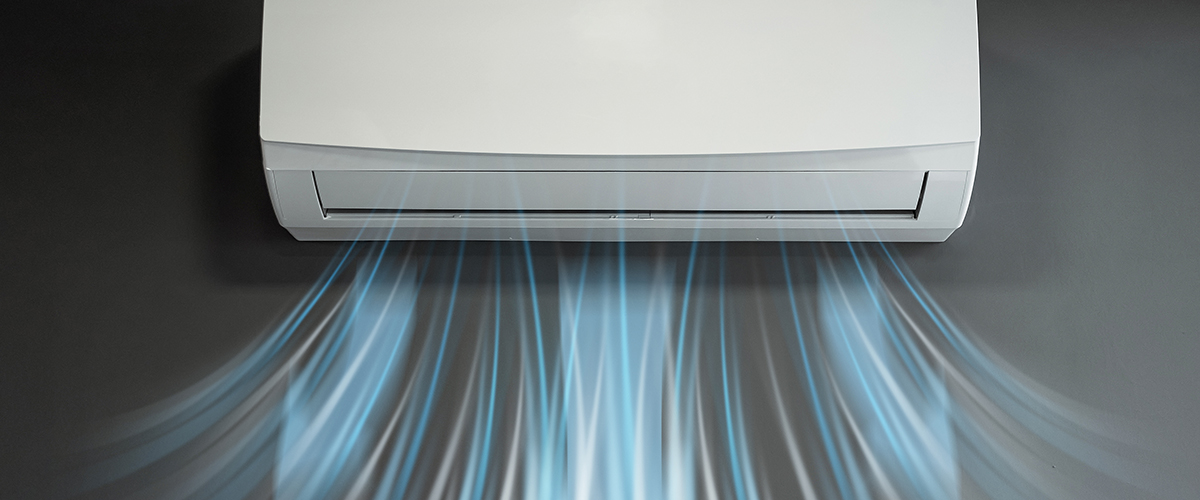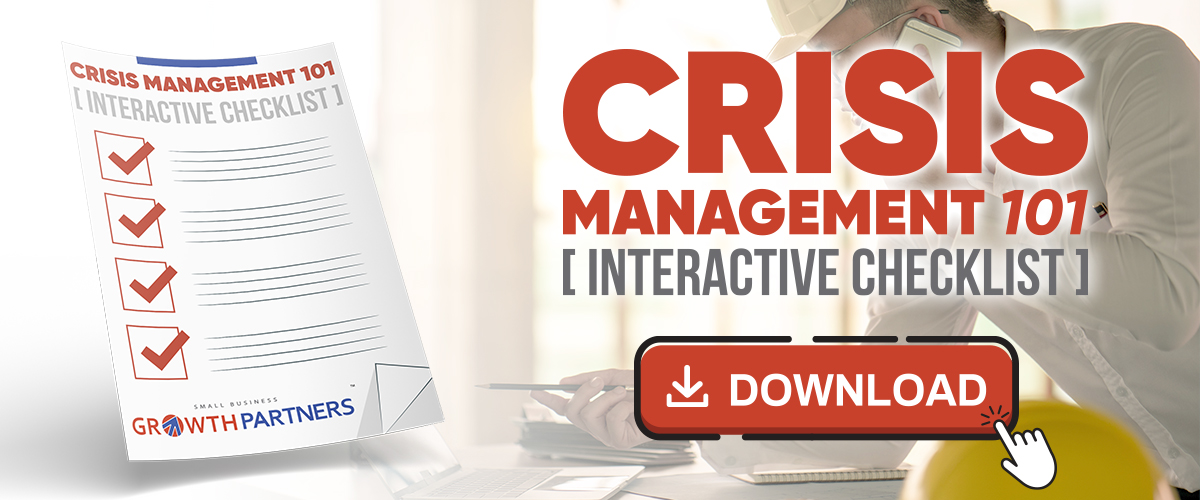The new normal has people searching for ways to fill their time. From long hours in the kitchen baking banana bread to family game nights around the kitchen table, people are coming together and experiencing life in different ways. In fact, 90 percent of most people’s time is now spent indoors, which has led to a conversation about IAQ, or indoor air quality. It’s important to examine COVID-19’s impact on IAQ, as well as what we can do to improve air quality in general.
–
Coronavirus and Air Quality
As new information comes to light about COVID-19, there is one fact that every expert agrees on — the spread of coronavirus may also be airborne. The airborne spread of this respiratory disease is bringing attention to the air quality in our hospitals and education facilities, as well as in residential homes. However, the importance of indoor air quality extends beyond coronavirus and can actually have a dramatic effect on people’s everyday lives.
–
Sick Building Syndrome
Poor air quality is not new. In fact, it has been around so long that the negative effects of it actually have a name — Sick Building Syndrome. Sick building syndrome refers to the symptoms of poor air quality, such as headaches, dry cough, difficulty concentrating, and dizziness. Sick building syndrome can affect both decision making and wellbeing and is a result of air contamination. While sick building syndrome is often associated with places of work, poor indoor air quality can happen anywhere, including in residential homes. However, with the focus on building green buildings and the use of HEPA filters, improving air quality has never been easier.
–
Improving Air Quality
With a new focus on improving airflow, advanced ventilation systems that allow for increased outside airflow, as well as air quality monitoring systems and air purification systems, are becoming increasingly common in residential buildings. Creating greener buildings not only refers to improving the energy efficiency of new buildings, but it also means reevaluating how buildings can play a role in creating healthy lives.
–
Increased Air Circulation
Improving air quality is as simple as providing more outdoor air. In fact, the CDC has recommended increasing ventilation rates as well as the percentage of outdoor air ventilation to increase the dilution of ventilation per person. Increasing outdoor air ventilation can also reduce and even eliminate recirculation, which vastly improves air quality.
–
HEPA Filters
HEPA, or high-efficiency particulate air, filters are able to clean air to medical-grade standards. Due to their thick, pleated media, they are able to remove upwards of 99 percent of airborne particulates, including mold spores, bacteria, and viruses. Utilizing HEPA filters in residential homes can drastically improve air quality, however, HEPA filters are only compatible with certain HVAC units, meaning it is necessary to design residential units with this air filter in mind. It is important to note that just like any other air filter, HEPA filters should be changed every one to three months in order to maximize efficiency.
–
COVID-19 has caused us to rethink almost every aspect of our lives, including how we move forward with construction projects. Designing with improving indoor air quality in mind can help create safer, healthier, and greener homes.
–
During this new normal, it’s essential to reevaluate how you do business. At Small Business Growth Partners, we are here to support your needs in order to help you stay profitable. From analyzing team communication to reviewing your marketing and sales strategies, we pride ourselves on helping your organization prepare for the future. To learn more about our services, request some free information on our BPA process.
–






